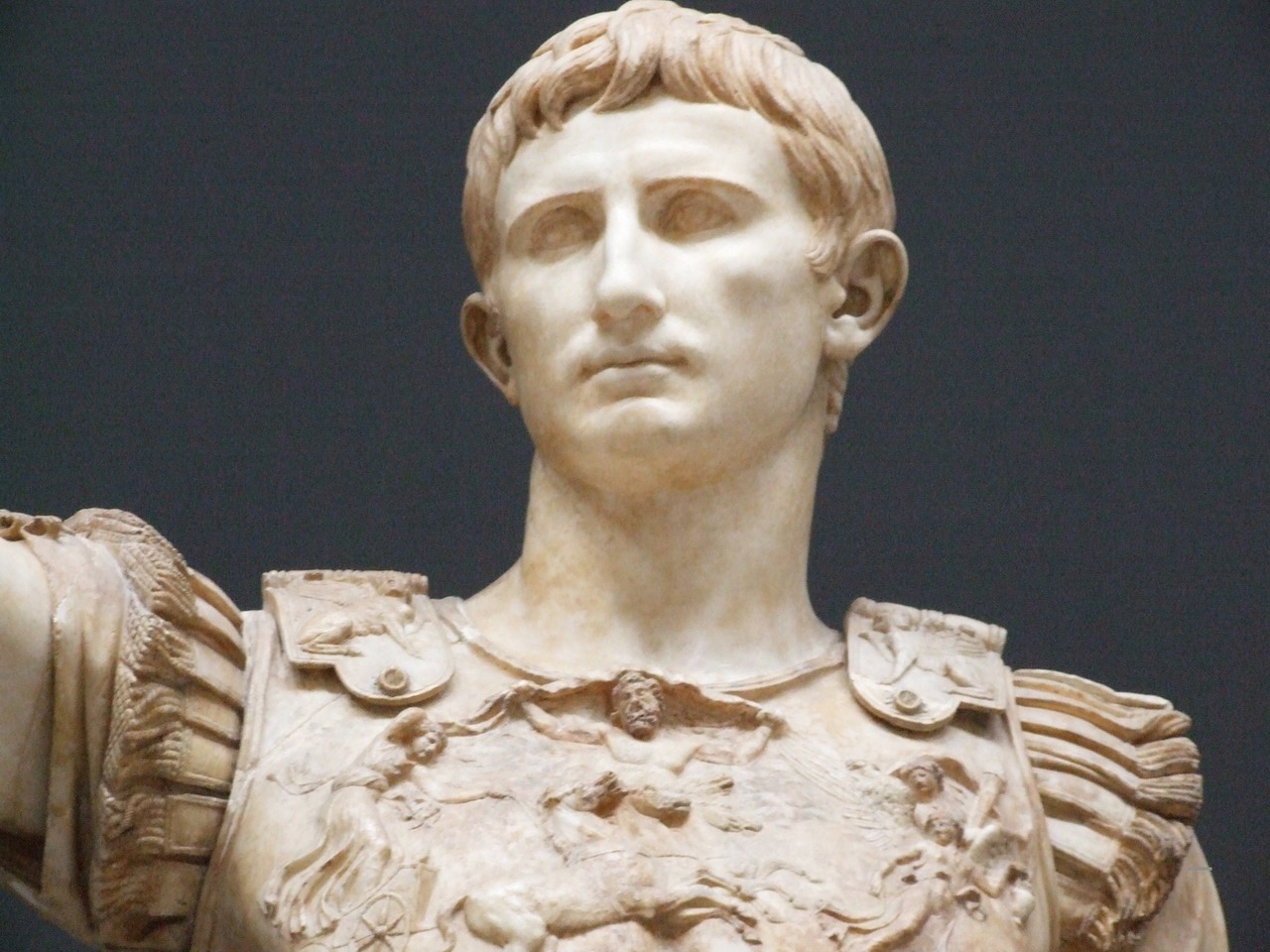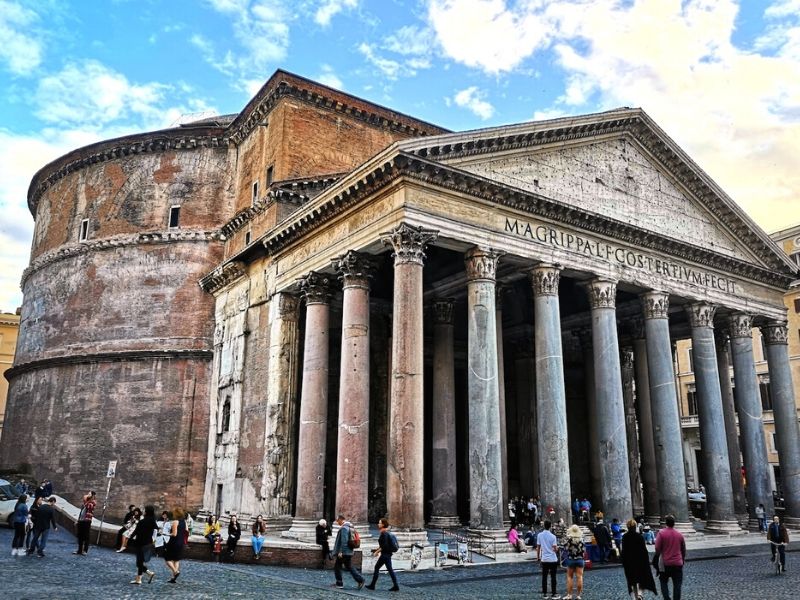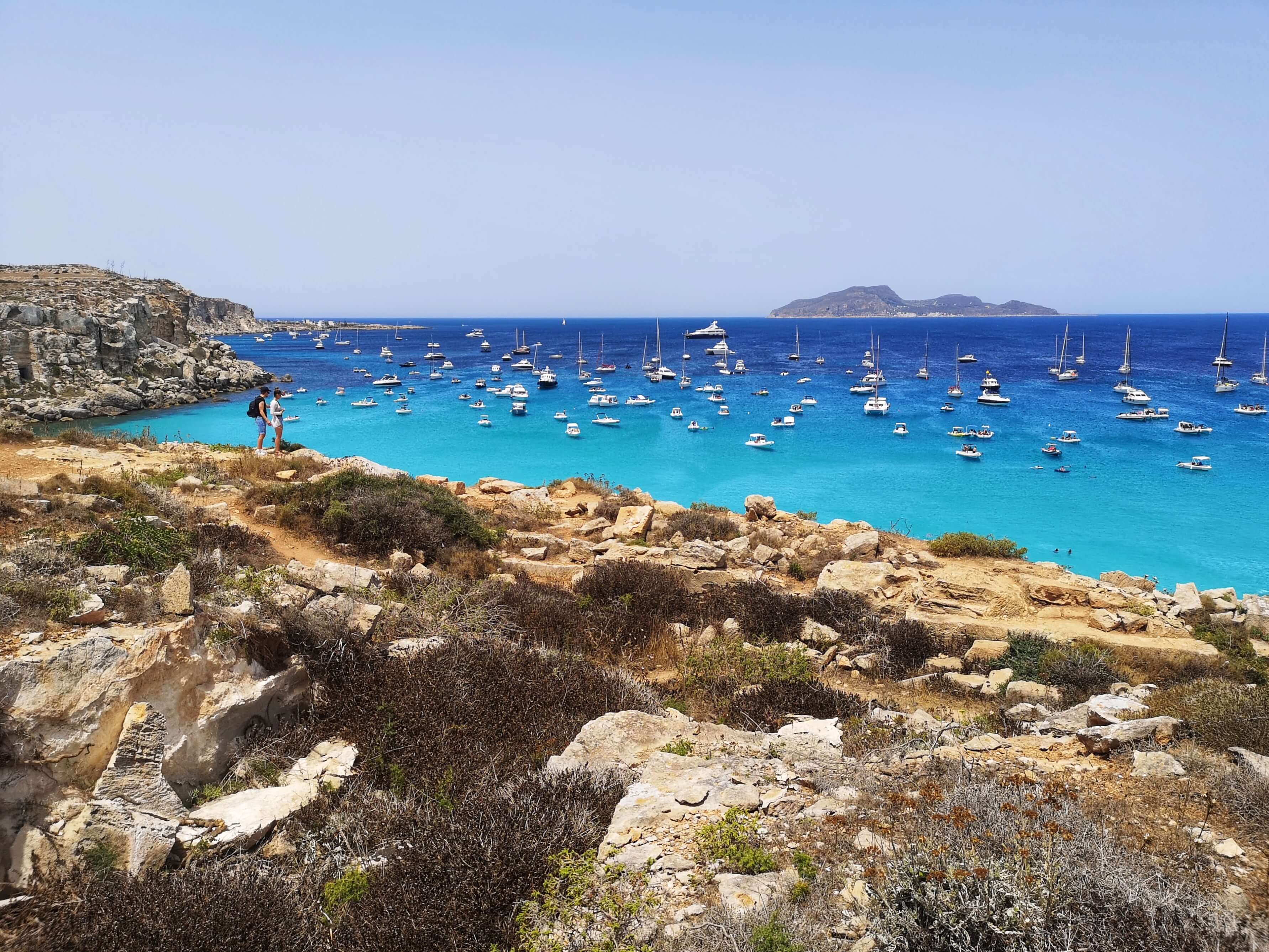For most Italians, there are few more important dates in the calendar than August 15th. This is the holiday of Ferragosto, marking the highpoint of the Italian summer, and it means one thing: vacation! But what exactly is Ferragosto, why does it take place on August 15th and how is the holiday celebrated? Read on to find out!
The Origins of Ferragosto

On the Christian calendar August 15th marks the feast of the Assumption, celebrating the miracle of the Virgin Mary ascending body and soul to heaven at the moment of her earthly demise.
As the year’s most important feast day dedicated to Marian devotion, the Assumption has long held much significance in Catholic countries, and you’ll be likely to see spectacular processions dedicated to the Virgin Mary on this date wherever you are in Italy.
But the Italian holiday of Ferragosto has much more ancient roots. Ferragosto derives from the Latin ferie Augustae, or festivals of the emperor Augustus, which were celebrated in antiquity from 18 BC when the emperor instituted a day of rest on the first day of August to mark a famous military victory.
The ferie Augustae weren’t the only August festivals celebrated in ancient Rome, and came to form part of the longer Augustali, a rest period during the long, hot days of high summer after the intense labour of the harvest season that included various festivities, games and celebrations. Eventually, the ferie Augustae and the feast of the Assumption merged to become Italy’s most important summer holiday.
During the 1920s and 1930s the Fascist state sponsored subsidised vacations for workers at Ferragosto, firmly establishing the tradition of travelling to another region to celebrate the holiday.
What happens on Ferragosto?
 To cut a long story short, basically everybody goes on holiday. If you visit a major Italian city on August 15th, be prepared to find it more or less evacuated of locals, the vast majority of whom have decamped to the beach, the lakes or the mountains to begin their well-deserved summer holidays.
To cut a long story short, basically everybody goes on holiday. If you visit a major Italian city on August 15th, be prepared to find it more or less evacuated of locals, the vast majority of whom have decamped to the beach, the lakes or the mountains to begin their well-deserved summer holidays.
Chiuso per ferie signs will adorn the doors and windows of shops, bars and restaurants, and options for eating, drinking and merrymaking will be far more restricted than usual.
On the plus side, cities like Rome and Florence will be much less crowded than at other times of the summer, with traffic-clogged roads and chaos a distant memory. And with museums and attractions mostly remaining open, this can be a good time to visit sites like the Colosseum and Uffizi gallery (the Vatican Museums are closed, however).
Celebrating Ferragosto

Ferragosto is celebrated with street festivals, beach parties, fireworks, musical concerts, dances, and (of course) much feasting. If you’re going to be in Rome around Ferragosto then you could do worse than to follow the locals and head to the beach (click here for our guide to the best beaches near Rome) or cool off at one of region’s numerous lakes, whose crystal cool waters are the perfect salve for the dog days of the Italian summer. Or head to Siena, where the iconic horse race known as the Palio takes place on August 16th.
Wherever you are in Italy during Ferragosto, you’ll find it easy to soak up the summer vibes of a nation on holiday; just make sure to pack your hat and some sun cream, because August in the Mediterranean is seriously hot!



